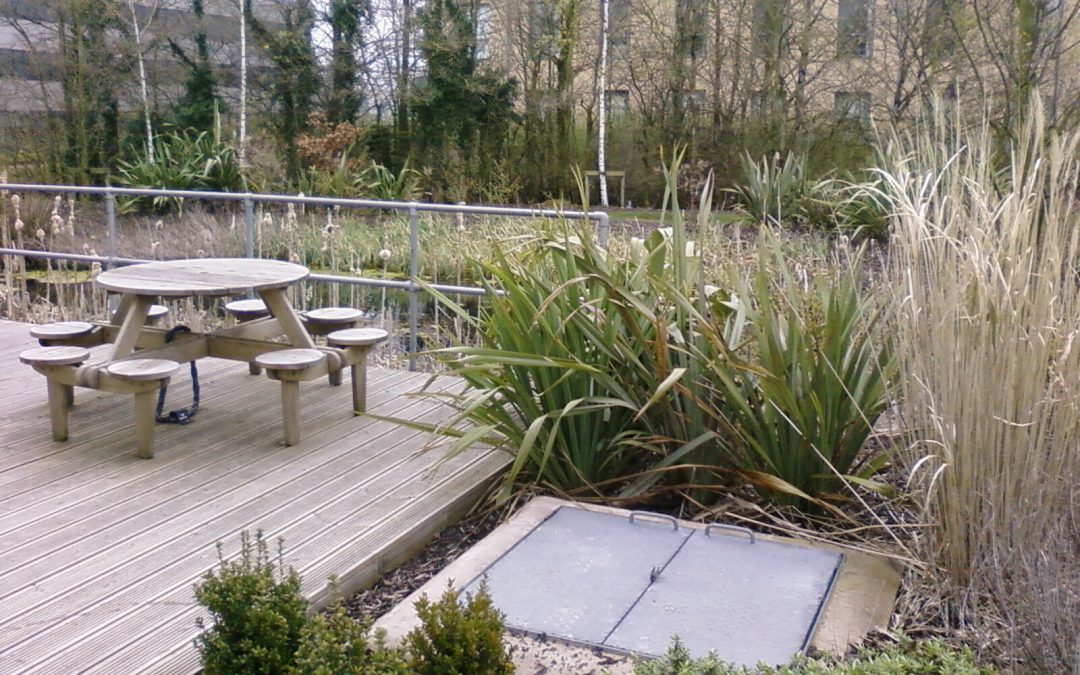For years, the phrase “Biodiversity Net Gain” (BNG) has been a significant topic in environmental and planning circles.
This isn’t about simply mitigating harm; it’s about actively improving the natural environment with every new project.
What this means for developers, landowners, and planning professionals:
- A New Metric: The process is now quantitative. Developers must use the official statutory metric to calculate the “biodiversity value” of a site before any work begins.
This value, measured in “biodiversity units,” establishes the baseline. The challenge then is to design a project that achieves a 10% uplift on this number. - Three-Tiered Approach: Achieving this gain can be done in three ways, which must be followed in a strict hierarchy:
– On-site gain: The most preferred method is to create or enhance habitats within the development site itself. This could involve creating new green spaces, ponds, or planting native hedgerows.
– Off-site gain: If the full 10% cannot be met on-site, developers can purchase biodiversity units from off-site providers.This opens up a new market for landowners who can restore habitats to generate and sell these units.
– Statutory credits: As a last resort, if on-site and off-site options are not viable, developers can purchase statutory credits directly from the government.
Implications and Opportunities
The introduction of BNG will fundamentally change the planning and design process. Developers will need to engage with ecological consultants earlier than ever before. Strategic land acquisition will be influenced by a site’s existing biodiversity value, and innovative design solutions will be needed to integrate nature into every project.
For landowners and farmers, particularly in rural areas, this policy creates a significant new revenue stream. By creating and managing habitats, they can generate biodiversity units and participate in a burgeoning market, effectively turning natural capital into a financial asset.
This is more than just new legislation; it’s a recalibration of our relationship with the land. It’s a powerful tool to help halt the decline of species and create more resilient, nature-rich communities.

